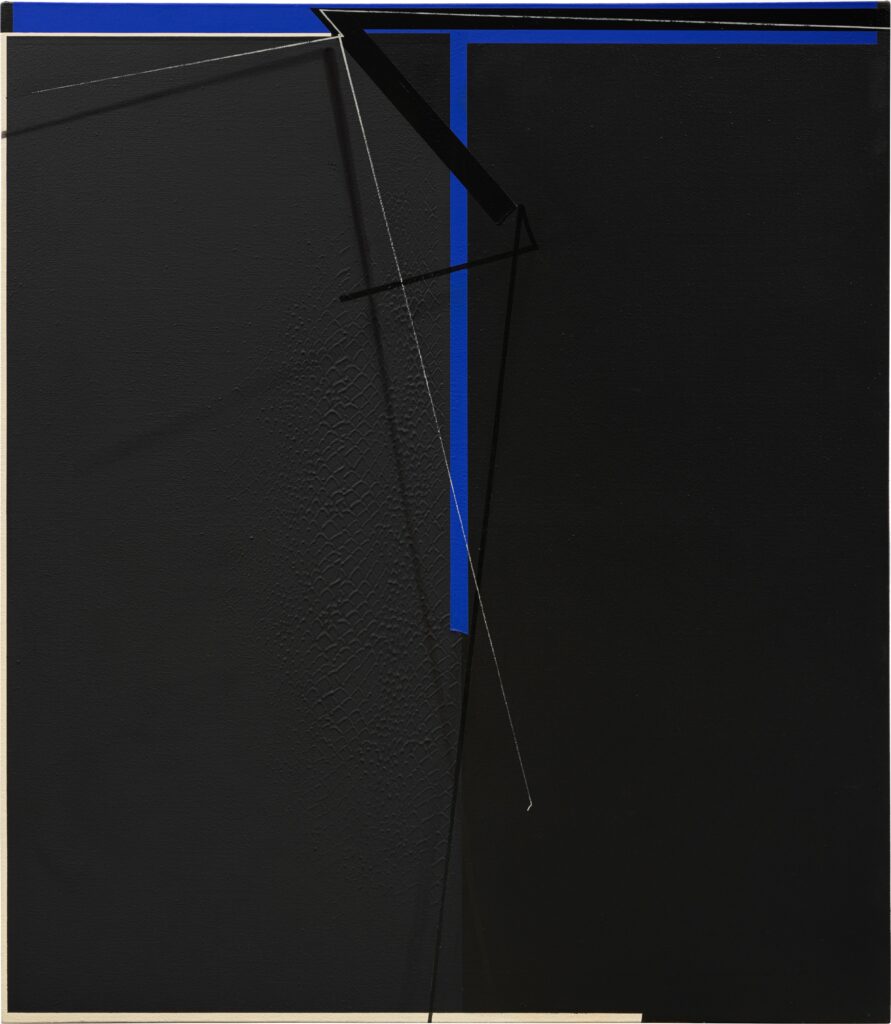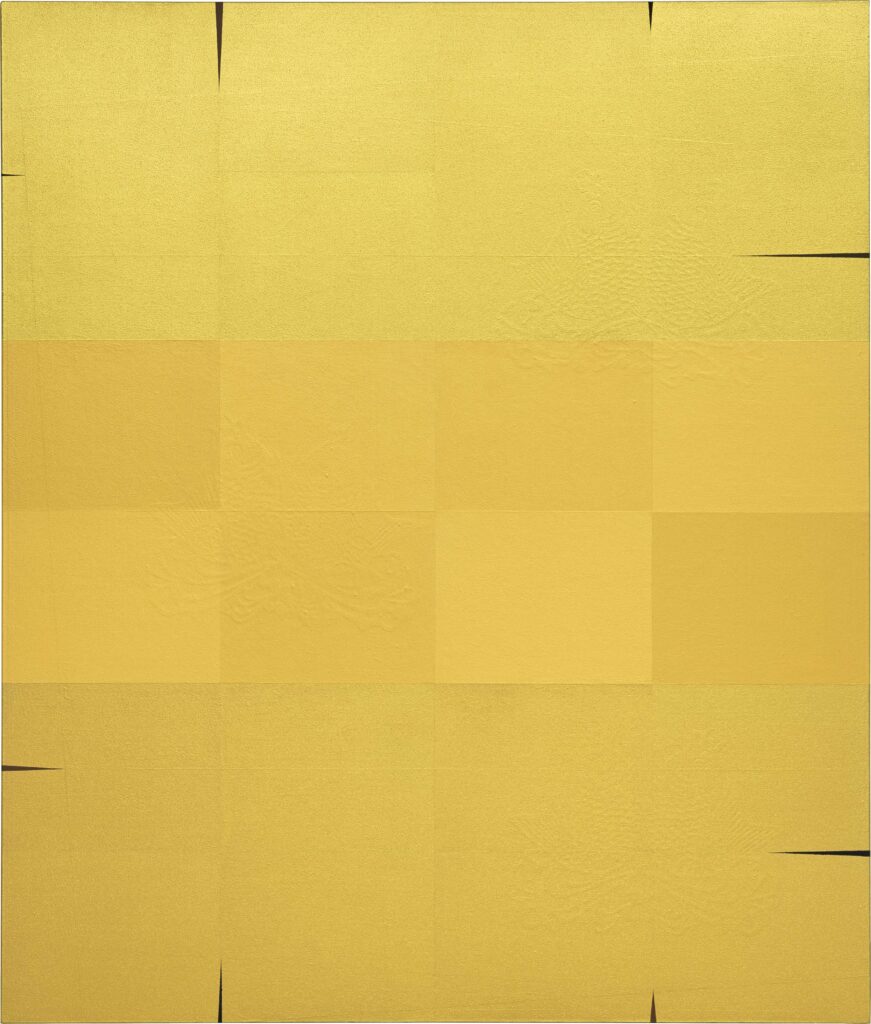13 January - 16 March, 2024
THE GREAT GAME OF GO: A Solo Exhibition by Qian Jiahua
Shanghai
Overview
Shanghai—Pearl Lam Galleries is pleased to present The Great Game of Go, a solo exhibition by Qian Jiahua in Shanghai. This meticulously curated exhibition showcases Qian’s latest artistic innovations with a case study approach, offering an insightful exploration into how a Chinese artist integrates Eastern philosophy with abstract paintings. Qian engages in a creative play between “order” and “chaos” based on her authentic feelings on the present era, expressing her perception of the artworks’ inherent coherence and self-contained lives.
Each cultural era manifests its unique artistic expression, irreplicable in essence. In our modern times, the glory of classical art has faded into the past. Adhering blindly to the norms of ancient Greek art in the present day would only yield creations with form but devoid of a contemporary soul. In this era, artists strive to find a sense of “chaos” amidst the “order” of traditional art, a chaos born not of aimless whimsy but from a deep, personal engagement with their own experiences and emotional insights. In today’s artistic context, interpreting a work merely as “abstract” could be misleading. Instead, the concept of “the inner sound” of a painting, as discussed by Kandinsky in his “Reflections on Abstract Art”, provides a more accurate key to understanding Qian’s creations.
In 2022, Qian embarked on an innovative journey by dismantling and re-stretching canvases from old paintings in response to a shortage of materials. The resulting texture and physical creases formed by the movement of the canvas offer a new painting interface. In artworks such as Left Tilt 30 Degrees and Parasitic Growth, viewers can observe the progressive relationship between dots, lines, and planes. The artist conveys an aesthetic harmony and visual stimuli through the balance of controlling the composition and introducing unexpected elements. Drawing inspiration from Lucio Fontana, who transcended the flatness of the canvas to connect with a universal dimension, Qian’s reconstruction of canvas is a physical exploration of cosmic laws amidst chaos.
In Reversal of Fortune, Qian employs a fusion of collage and overlay techniques, layering auspicious Chinese cultural patterns and simple imprints under acrylic paint to create a textured effect and graininess reminiscent of aged relics. Through negation and reconstruction, covering and revealing, this process transforms highly symbolic imagery into tangible painterly materiality. These subtle traces, challenging to discern in digital reproductions, invite viewers to engage physically with the artwork, discovering its nuances under varying light conditions.
Black Water uniquely utilises two shades of black with contrasting sheens to transcend the base content of the painting, establishing a conceptual plane beyond the physical surface of the canvas. This technique challenges the traditional flat plane of painting, and also establishes a distinct artistic language. Between glossy and matte finishes, white lines pierce the boundary of the painting, creating a dynamic interplay of conflict and balance, while accentuating the spatial dislocation prompted by the material’s differing gloss levels. Similarly, in Gold Produces Water, Qian simply uses three shades of gold to reveal the infinite intricate variations.
Another highlight of the exhibition is a series of new works inspired by the logic algorithms of daily shopping app recommendations. For example, the work Brick is modelled on yoga bricks as suggested by big data analytics, while Gold Cushion and Backrest evolved from the formation of Brick. The inspiration for Rock, an installation the artist will be setting up live at the exhibition, came from Qian’s online purchase of volcanic rocks, where a natural object’s precise dimensional division for sale contrasted against the buyer’s imprecise selection based solely on their personal experience. The artist arranges volcanic rocks in a “wheel” based on their scales, symbolically returning them to a natural scale for human perception. These works represent the artist’s physical engagement with and visualisation of the force majeure of computational algorithms, responding to or decelerating their overwhelming influence on individual perception and consumption.
In addition to the signature theme of imbalance, Qian’s new creations introduce another layer of perspective: smooth versus textured, screen versus scene, and virtual versus real. The artist’s seemingly methodical, architecture-like precision in creation unfolds spontaneously, without preliminary drafts or plans. “I desire every stroke to be reliable and effective,” Qian asserts, referring to the raw intuition shaped by authentic life experiences, memories, and desires.






